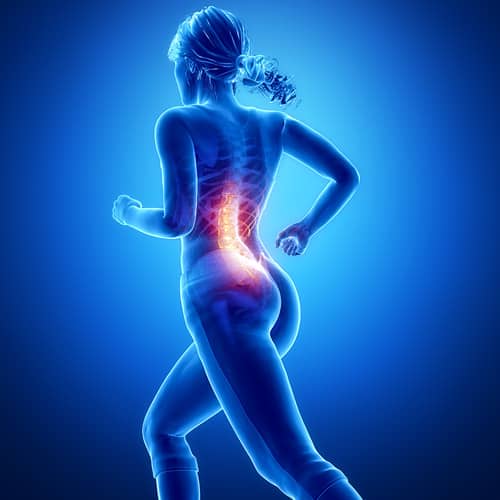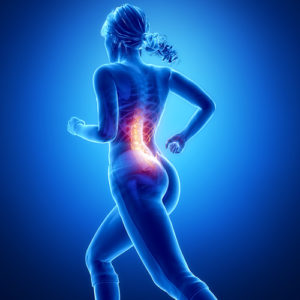Fascia and Injury

What happens when we are injured? 
Ultimately, there is a force that enters the body resulting in a disruption of tissue. That disruption can be minor if the force weak, or extreme if the force is strong. A weak force may cause a 1st degree sprain in an ankle for example, a strong force may be enough to fracture a bone or even sever a spinal cord. Either way, the disruption creates a gap in the integrity of the tissue.
The 2nd Law of Thermodynamics states that Nature Abhors a Gradient. What this means is when there is a gap in the system, nature will fill it in. If an injury presents in a body, inflammation is sent to the area to rebuild the damaged tissue. The inflammation contains oxygen, healing proteins and all the nutrients required to rebuild what was broken. Like when you bake a cake, you mix all the raw ingredients in a bowl to create the batter that will become a delicious dessert; the inflammation contains all the raw ingredients to rebuild what was damaged.
Unfortunately, the way we handle injury in traditional medicine is to apply the RICE method – Rest, Ice, Compression Elevation. Typically you are instructed to do this for the first 48-72 hours after injury to limit inflammation. The reason is because if inflammation isn’t handled correctly, it will back up in the area and become chronic and stagnant, slowing the healing process and causing more damage to cells.
If this is the situation, there is still a gap in the tissue and nature will still fill it in, but it will pull in the collagen to create scar tissue. This thick, dense tissue has no blood flow or elasticity and creates a barrier to blood and oxygen flow, as well as changes the alignment of the tissue. Overtime, this changes how we move and ages the tissue at an accelerated rate.
What needs to happen is the inflammation needs to be supported so it can do its’ job to rebuild. Like with batter, if you put it in the freezer you have frozen batter, if you put it in the oven, you bake cake. You need to heat the area to assist the body in its healing so the structures that were damaged can be rebuilt.
In Block Therapy, we teach people how to create the best environment to support the body when it is injured. Through strengthening proper diaphragmatic breathing, you are filling the blood with the most important nutrient for healing – oxygen. You also learn the proper approach to working the tissue to create the best flow in the tissue to and from the injury. This creates a healing environment that is efficient.
Here is an example of how efficient this system is for healing:
Three days ago I had my 2 week post -op apt with my surgeon. He was pleasantly surprised that my left fractured wrist had healed so well. He put in a carbon fibre plate and 8 tritium screws. Originally he said that I would be in a cast for at least 2 1/2 months. To my delight he gave me a ‘Formfit’ lightweight brace.
I have been doing Block Therapy daily since the surgery even with my heavy cast. I have been doing Block Fore Golf as well. I attribute my success to prayer, a good surgeon and Block Therapy!!!
Valerie Buchanan in Florida
If you have an injury and want to learn the best approach to support your healing, fill out a Free Health Strategy Session so you can be guided to support the best approach to healing.
Breathe & Believe
Deanna




